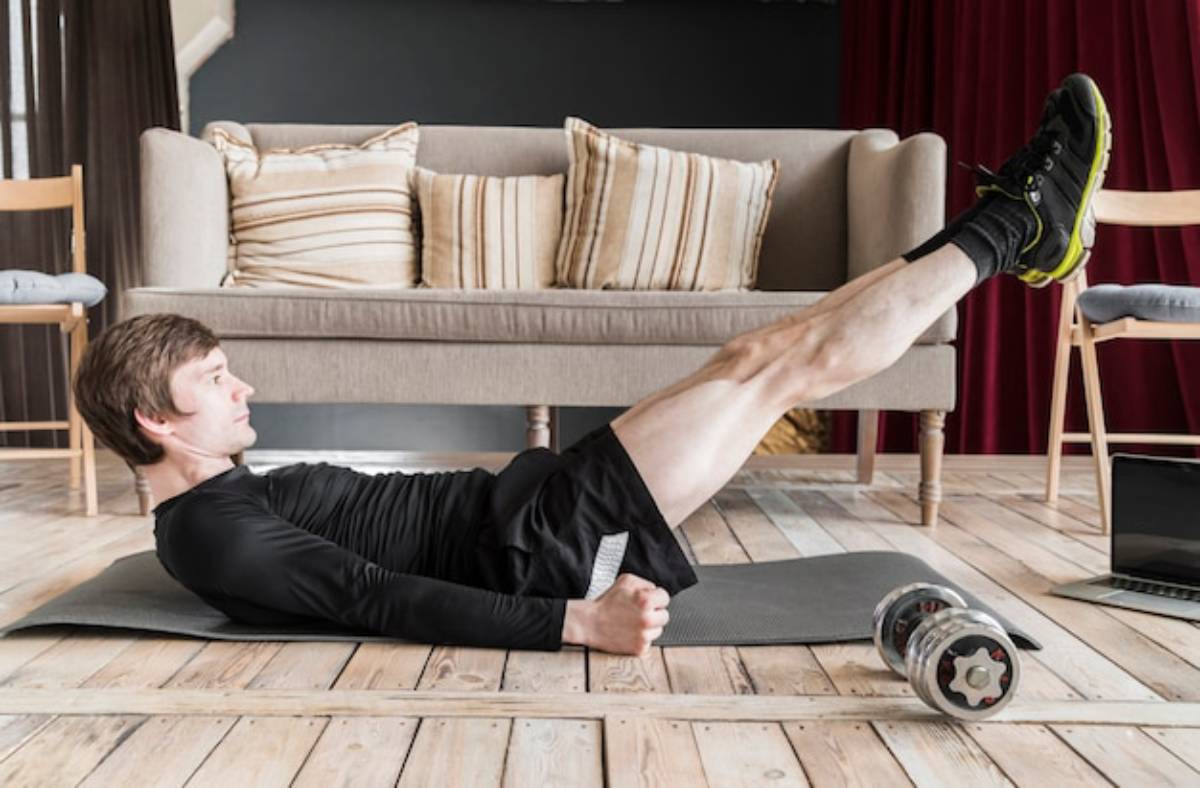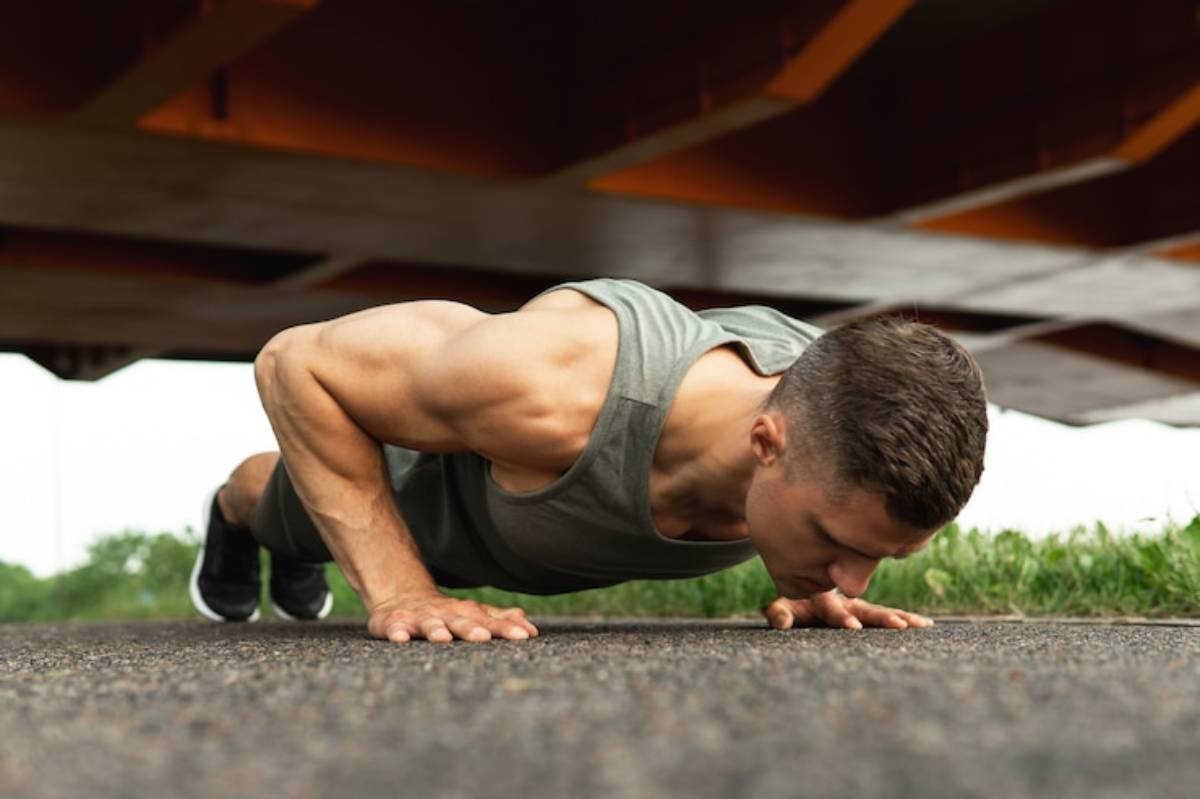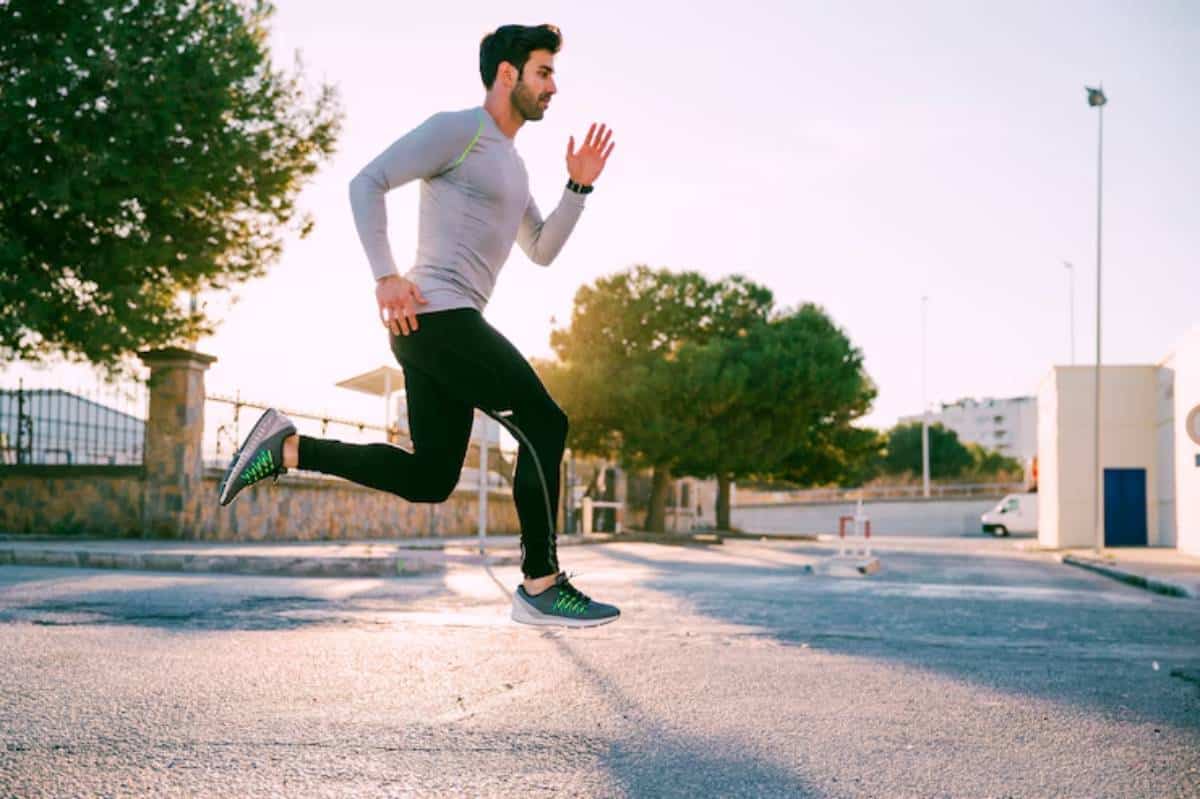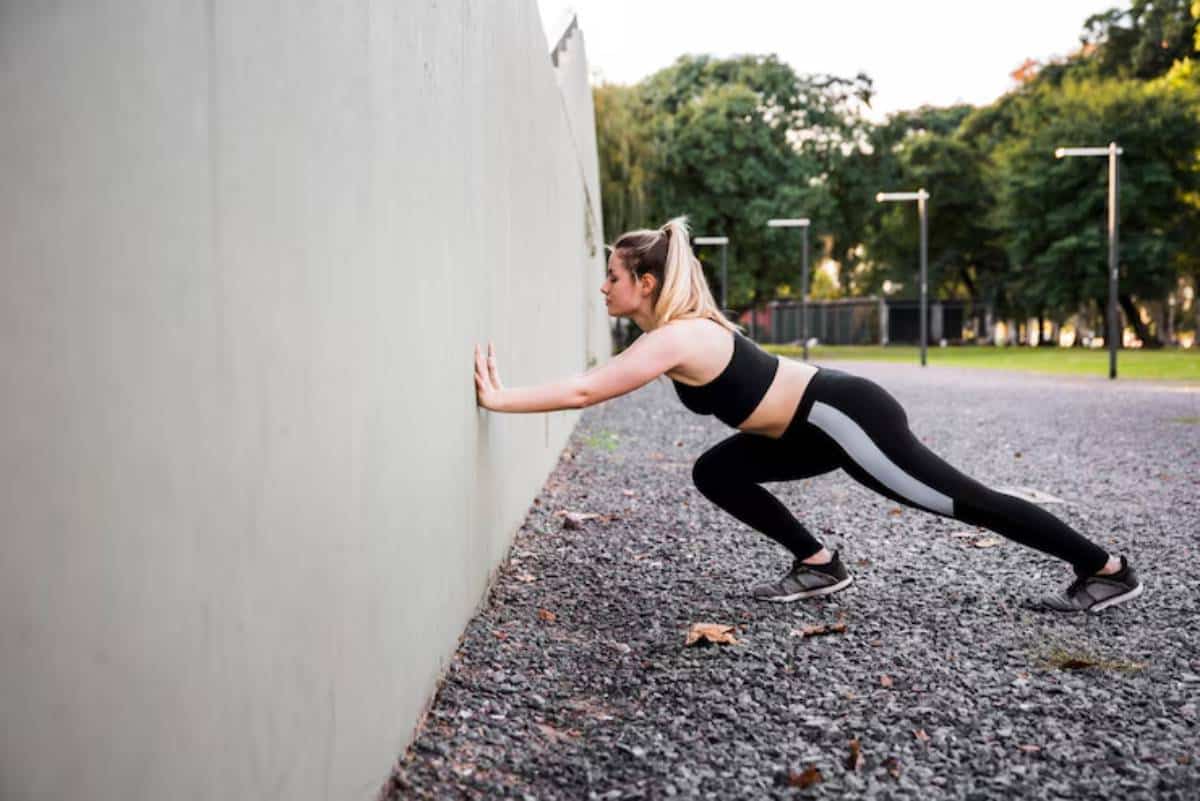
Bodyweight Training for Continuous Strength Gains
Why Bodyweight Training Isn’t Just for Beginners
Imagine building raw, impressive strength — no gym, no fancy equipment, just you and gravity. Sounds too good to be true? It’s not.
Bodyweight training is often unfairly labelled as “entry-level fitness”, but in reality, it can be a lifelong pathway to incredible physical mastery. Whether you’re stuck training at home, prefer minimalist routines, or just crave raw functional power, bodyweight progression plans offer a structured and deeply satisfying route to home strength gains.
In this guide, we’re diving into how you can keep getting stronger without ever touching a barbell — using smart strategies for bodyweight overload. By the end, you’ll have a clear roadmap to make bodyweight work harder for you, not easier — no matter how advanced you are.
Ready to unlock your next level? Let’s get started.
Why Bodyweight Training Is a Legitimate Strength Builder
It’s tempting to think of bodyweight workouts as simply push-ups, squats, and planks. But real bodyweight strength training taps into some of the most challenging exercises known to athletes — think one-arm push-ups, pistol squats, planche holds, and human flags.
Here’s why bodyweight training deserves your respect:
- Progressive overload still applies: You can progressively make exercises harder to trigger strength adaptations, just like adding weight to a bar.
- Full-body tension: Mastering bodyweight moves demands complete body control, improving overall athleticism.
- Joint health and longevity: Unlike heavy weightlifting, bodyweight training is often kinder on joints when programmed thoughtfully.
- Convenience and consistency: No queues, no monthly fees, no excuses.
According to a 2021 study published in the International Journal of Exercise Science, participants following a bodyweight resistance programme improved their strength and muscular endurance similarly to those using external weights. That’s experience and science working hand in hand.
The Core Principle: Progressive Overload with Bodyweight
Progressive overload simply means gradually increasing the challenge to your muscles over time. If you always perform the same exercises at the same difficulty, your strength plateaus.
In bodyweight training, you apply progressive overload through:
- Increasing the difficulty of the movement (harder variations)
- Increasing reps or sets
- Manipulating tempo (e.g., slowing down the movement)
- Reducing leverage advantage (e.g., elevating feet during push-ups)
It’s not about doing more for the sake of more — it’s about doing better, harder, smarter.
How to Build Your Bodyweight Progression Plan
Let’s break this down into simple, actionable steps.
Step 1: Set Clear Strength Goals
First things first — what does “stronger” mean for you?

- Mastering a full pistol squat?
- Nailing 10 strict one-arm push-ups?
- Holding a full front lever for 10 seconds?
Define your goal clearly. This gives your training purpose, and purpose drives progression.
Step 2: Assess Your Current Strength
Where are you right now?
- Can you comfortably perform 20 regular push-ups?
- How long can you hold a hollow body position?
- Are your squats deep and controlled?
Take stock honestly. A smart bodyweight progression plan meets you exactly where you are, not where you wish you were.
Step 3: Choose Progressions Strategically
Here’s a sample progression ladder for major movement patterns:
Push Strength (Horizontal Push)
- Incline Push-Up
- Full Push-Up
- Diamond Push-Up
- Archer Push-Up
- One-Arm Push-Up (with assistance, then without)
Pull Strength (Horizontal Pull)
- Australian Rows (low bar rows)
- Tucked Front Lever Rows
- Advanced Tuck Rows
- Full Front Lever Rows
Leg Strength
- Assisted Step-Ups
- Bulgarian Split Squats
- Shrimp Squats
- Pistol Squats
- Pistol Squats with Weighted Vest
Core Strength
- Hollow Body Hold
- Tucked L-Sit
- Full L-Sit
- V-Sit
- Front Lever Hold
Choose the right rung based on your current ability — then work your way up gradually.
Smart Tactics to Apply Bodyweight Overload
Manipulate Tempo
Slow it down. Try a 3-second descent and 3-second ascent on your push-ups. It’s brutal in the best way and forces your muscles to stay under tension longer.
Increase Range of Motion
Want to challenge your muscles more? Increase your movement range. For instance, perform deep push-ups by elevating your hands on parallettes or blocks.
Add Pauses
Adding a 2–3 second pause at the hardest point of the movement (like the bottom of a squat or push-up) can dramatically increase intensity without changing the exercise.
Modify Leverage
For example, elevate your feet during push-ups to shift more weight to your upper body. Or perform planks with your arms outstretched in front (RKC plank) instead of directly under your shoulders.
Combine Partial and Full Reps
Working through sticking points builds resilience. Try doing 5 partial reps in the hardest range, followed by 5 full reps.
Real-World Example: Jake’s Home Strength Journey

Jake, a 34-year-old father of two, wanted to build strength without sacrificing precious family time or paying for a gym membership. He started with simple push-ups, air squats, and planks in his living room.
Instead of randomly cranking out more reps, Jake followed a structured bodyweight progression plan:
- Tracked his reps, sets, and weekly improvements
- Focused on advanced variations like archer push-ups
- Gradually introduced pistol squats and tuck front levers
Within 9 months, Jake achieved his first strict one-arm push-up and could hold an L-sit for 20 seconds — all from training 30 minutes a day at home. No gym, no machines — just grit, smart planning, and progressive overload.
You could be Jake, too.
Sample Weekly Bodyweight Progression Plan
Here’s a sample for intermediate trainees:
| Day | Focus | Exercises |
|---|---|---|
| Monday | Push Strength | Archer Push-Ups, Deep Push-Ups, Plank-to-Push |
| Tuesday | Leg Strength | Bulgarian Split Squats, Shrimp Squats, Wall Sit |
| Wednesday | Rest or Light Mobility | |
| Thursday | Pull Strength | Australian Rows, Negative Front Lever Rows |
| Friday | Core Mastery | Hollow Body Hold, Tuck L-Sit, Hanging Knee Raises |
| Saturday | Mixed Skills | Pistol Squats, Handstand Holds, Push-Up Explosives |
| Sunday | Rest and Stretch |
Pro tip: Always warm up thoroughly with dynamic movements and end sessions with a few minutes of stretching.
Mistakes to Avoid in Bodyweight Progression
Even with the best intentions, it’s easy to slip into common traps. Watch out for these:

- Skipping mobility work: Tight hips, shoulders, and ankles will bottleneck your progress.
- Neglecting form: Bad form compounds into bad habits. Prioritise clean reps.
- Progressing too fast: Earn each progression. Rushing only invites injury.
- Ignoring recovery: Strength gains happen outside training — fuel your body well and get enough sleep.
Remember: mastery is a marathon, not a sprint.
Conclusion: Build Unstoppable Strength With Your Own Body
Bodyweight strength training isn’t a “beginner’s game” — it’s a lifelong craft.
When you follow a smart bodyweight progression plan, you unlock continuous home strength gains without expensive memberships or endless equipment. With consistent bodyweight overload strategies — smarter variations, tempo tweaks, and real progression ladders — your strength potential has no ceiling.
The best part? It’s your body, your pace, your achievement. And honestly, there’s something incredibly powerful about mastering yourself against nothing but gravity.
Feeling fired up? Start sketching out your first bodyweight progression ladder today — and let us know how it’s going in the comments! Got questions? Drop them below or share your biggest training wins — we’re here to celebrate every rep with you.


